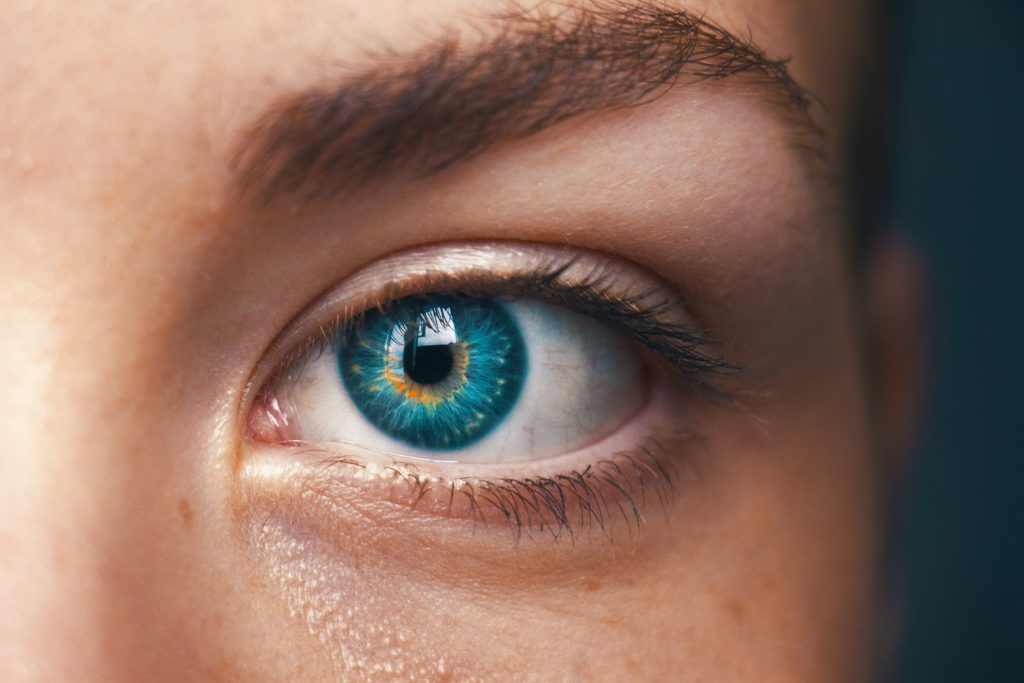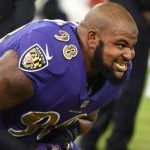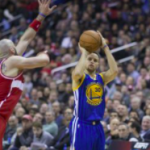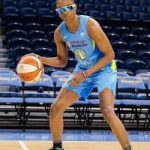Playing Sports or Working Out With Keratoconus? Here’s What to Do!

Playing sports and working out can be a great way to stay healthy, be competitive, spend time with family and friends, or release energy. With fall and winter sports right around the corner, and people returning to the gym after a fun summer, you’re probably ready to start training. However, if you’ve been diagnosed with keratoconus, you may be wondering if you can continue to have an active lifestyle and how this condition will impact your performance. Don’t worry, it is possible to be active while safely managing your eye condition – but you’ll need to take the proper steps to protect yourself. Before you get out on the field or back to the gym, make sure you have the right protective gear, not just for your body, but for your eyes as well!
Managing your keratoconus should always be a top priority, and that’s especially true when you are an active individual. So whether you love lifting weights, running, or playing sports such as soccer, hockey, basketball, or participating in CrossFit, there are solutions available to protect your vision. Keep reading to learn how to protect your eyes so you can reach peak athletic performance and hear from athletes on their fellow personal stories living and competing with keratoconus.
Playing It Safe

Regardless of where or how you remain active, there can be challenges and obstacles when it comes to living with keratoconus. Protecting your eyes on and off the field is a must. Many sports-related eye injuries – about 30,000 – are treated in the United States each year. So, if you’re an athlete or a gym go-er and you wear glasses or contact lenses, the most important thing to remember is to use eye protection!
If you were recently diagnosed with keratoconus or you are thinking about starting a new sport, you might be wondering if your eyeglasses could be used as eye protection on the field or court. The best eye protection you can get to ensure your eyes are kept out of harm’s way is glasses with shatterproof plastic, also known as polycarbonate lenses. Polycarbonate lenses do not correct vision, but they help minimize distortion and also protect your eyes from ultraviolet light.
Depending on the sport you play, you can also get eye goggles, face shields, and visors to help protect your eyes. Just like you would wear a helmet to protect your head, protecting your eyes should be a priority as well! Goggles, visors, and shields can be worn with your contact lenses and glasses, so you can see while also protecting yourself. If you’re in the market for some protective eyewear, look for products that are tested and approved by the American Society of Testing Materials.
Consider Scleral Lenses

It can be difficult and even dangerous to be active when you can’t see properly. Being able to see distance markers, a ball, and depth perception are all critical when you’re living an active lifestyle. That’s why in addition to wearing eye protection, many athletes who struggle with their vision or have keratoconus turn to contact lenses – specifically scleral lenses.
Scleral lenses are different from standard contact lenses – they cover the entire cornea and lay on the sclera to help form a smooth surface to correct vision. For athletes and runners on the move, these lenses provide more stability than a typical contact lens and are often more comfortable. If you can’t see, you could be more prone to injury, so make sure you speak with your doctor about your vision! Remember, even with scleral lenses keeping your vision in focus, it’s still important to wear protective gear any time you’re playing a contact sport.
Athletic Success with Keratoconus
Keratoconus shouldn’t hold you back from playing the sports you love! Athletes of all levels – from high school players to professional athletes and even personal trainers – are overcoming their diagnoses to excel at their favorite sports and activities. And you can too. Managing your eye condition while playing sports might seem like a challenge at first, but with treatment it is possible!
Not only are athletes taking care of their bodies, and rehabbing after injuries, athletes that are playing and working out with keratoconus, continue to be cautious about protecting their eyes. Below we are sharing how some athletes are thriving in the sports they love.
Football
Football players know how important it is to have good vision on the field when reading plays, tackling, running, and catching the football. There is dirt and debris on the field that can get into your eyes or you may inadvertently get poked in the eye by another player. It’s important to cover your face with a full face guard, but many physicians also suggest wearing additional eyewear in case your helmet falls off! Below are some football players who have overcome their challenges with KC to experience success on the field.

Brandon Williams: Have you heard of Brandon Williams? Well, if you are an NFL fan, you certainly have! Brandon is a defensive tackle who noticed a difference in his vision when he was in a team meeting and struggled to see the writing on the whiteboard. When he decided to get his eyes checked, he was shocked to learn that he was living with keratoconus. Knowing the condition would affect him on the field, Brandon took action. He treated his progressive keratoconus and now he continues to thrive in his NFL career.
Basketball
Basketball players are prone to injury on the court, and sometimes you see players get hit in the face during a game. In fact, basketball causes the most sports-related eye injuries in the United States, which explains why athletes have turned to goggles to protect their eyes. Take a look at these two professional basketball players who have found ways to successfully manage their keratoconus while on the court.

Steph Curry: Steph Curry has quickly become an NBA powerhouse on the Golden State Warriors, but many people were unaware that he was playing with a progressive eye condition. When squinting became “normal” for him, Steph knew that he should probably be fitted for glasses or contacts. It wasn’t until he saw a slight decline in his shooting that he realized he needed to address the problem as soon as possible. After being diagnosed with keratoconus and fitted for contact lenses, he’s no longer struggling to see and he continues to be successful playing for the Warriors.

Diamond DeShields: Diamond DeShields, a WNBA player for the Chicago Sky, knew something was wrong with her vision when she was struggling to see play calls and signals from coaches and teammates. When Diamond started wearing scleral lenses to help manage her keratoconus, she noticed an improvement in her vision which brought back her confidence in the game! On the court, Diamond pulls out all the stops to protect her eyes, including wearing goggles to prevent any eye injuries.
Baseball
Athletes living with keratoconus are working to manage their condition daily, especially baseball players! When traveling from city to city and playing multiple games a week, taking the proper steps to care for your eyes is very important, especially if you’re a Major League Baseball star.
Tommy Pham, an American professional baseball player on the San Diego Padres, was diagnosed with keratoconus in 2008. While lenses have allowed him to play the game he loves, he knows how difficult this condition can be to manage. During one game, his contact lens even popped out. Tommy was the first person to be recognized as an ambassador for the National Keratoconus Foundation, an honor he feels privileged to receive.
These athletes are living proof that despite having keratoconus, it is possible to take care of your eye condition effectively and continue to play the sports you love. We hope these examples inspire you to be active and protect your eyes when you are sweating it out!
The Perfect Game Plan

Each athlete is different so make sure you continue to visit your eye doctor to check in on your keratoconus and ask for the best ways to protect your eyes while playing sports. Don’t forget, taking care of your keratoconus will lead to success on and off the field!
To find a doctor near you to get screened for keratoconus, use our locator tool.